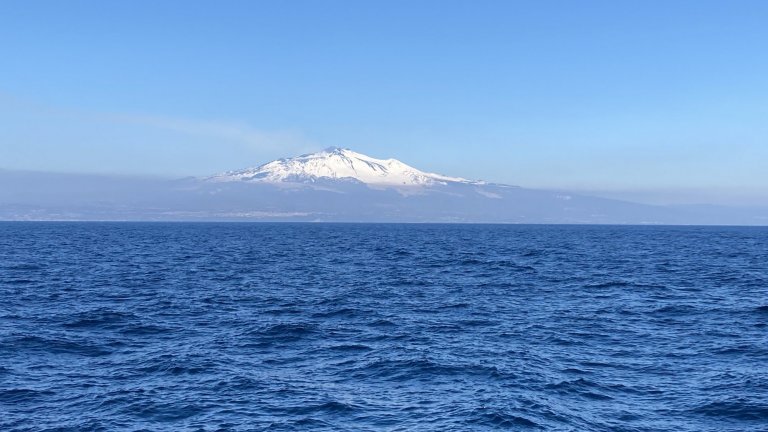
© Sonia COLLAVIZZA / Geo-Ocean / CNRS Images
View the mediaScientific news
Devoted this year to the heritage of routes, networks and the sea, the European Heritage Days are an invitation to explore. It's an opportunity to celebrate the region, but above all its maps.

© Sonia COLLAVIZZA / Geo-Ocean / CNRS Images
View the mediaCreated in 1984 as ‘Open Days of Historical Monuments’ by the French Ministry of Culture, the European Heritage Days aim to show the extraordinary wealth of our heritage through original events, unusual visits and exceptional openings.
The European Heritage Days will be held on Saturday 21 and Sunday 22 September 2024, throughout France. They are based around the themes of ‘Heritage of routes, networks and connections’ and ‘Maritime heritage’, which is all about exploration, travel and leaping into the unknown.
So follow us off the beaten track, and wander around our map of maps, from report to report!
Our work is guided by the way scientists question the world around them and we translate their research into images to help people to understand the world better and to awaken their curiosity and wonderment.